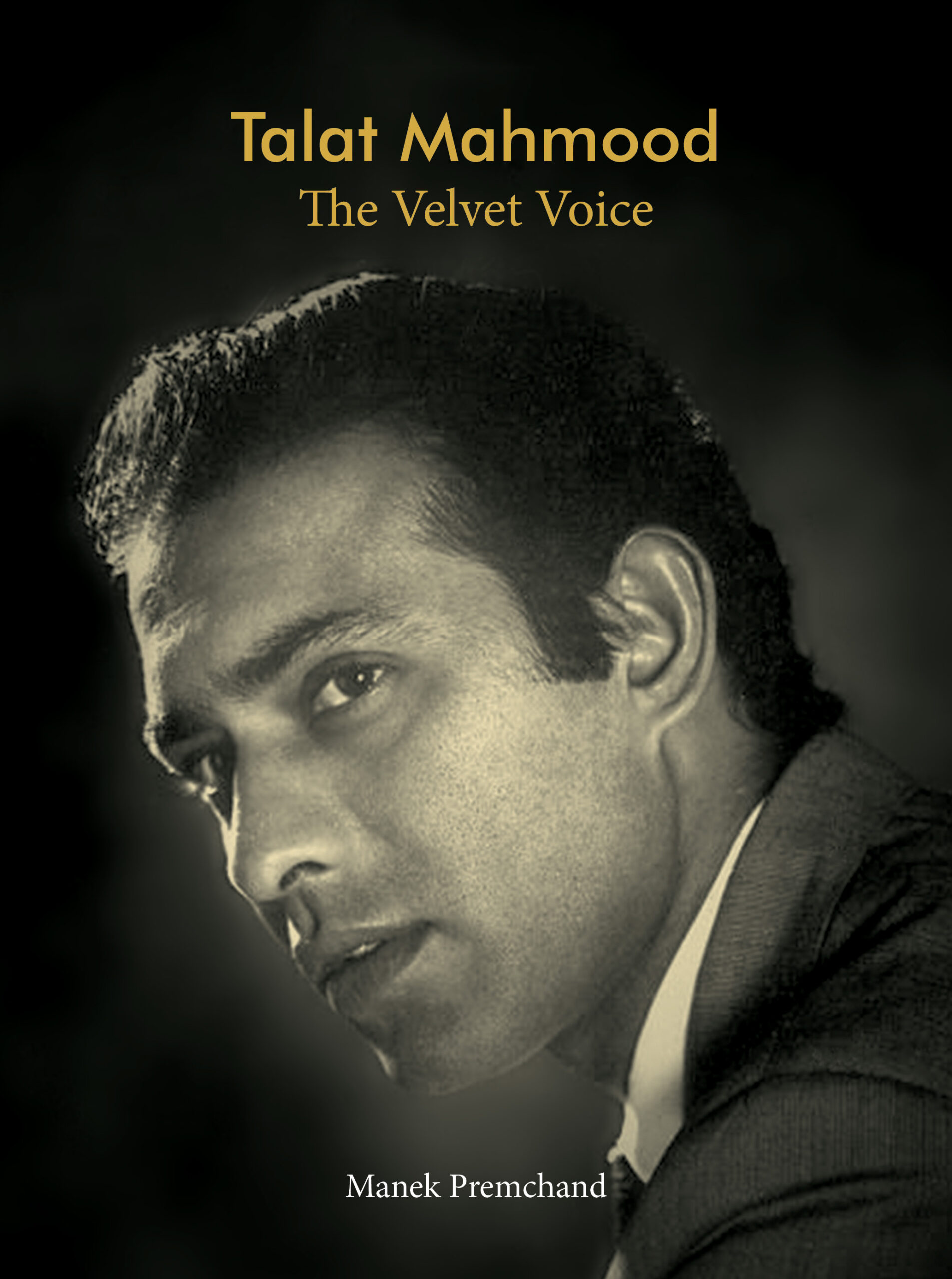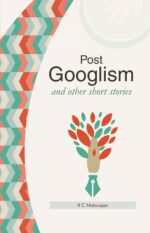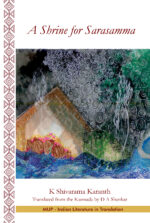Talat Mahmood – The Velvet Voice
₹550.00
Talat Mahmood was one of the most important and significant singers of the golden era of Hindi film music. His songs are recalled by music lovers, generation after generation. The quality of his voice and the richness of his expression made him a great singer both in cinema and outside it. His melodies are a precious part of any music connoisseur’s repository and for several people around the world his is the most moving and soul-stirring voice ever. It’s a little known fact that as much as a third of his work is non-film recordings, which consists of several songs of absolutely stunning and magical melodies to touch the listener’s heart. There has never been someone quite like Talat till today and it is to his credit that he sang his songs softly and left deep impressions on our psyche. Because Talat Mahmood was handsome, he also acted in a few films, being cast opposite many beautiful ladies of the time, including Nutan, Suraiya, Nadira, Mala Sinha, Shyama et al. However, it is not as an actor but as a singer that he will be remembered. Inside the present work, tributes from his son and daughter find space. This is a focused effort to look at the life and times of this amazing singing-actor, seen from the perspective of many music lovers who either knew him or understood his music. His entire repertoire of songs is tabulated and can be readily referenced. Plus there is a great deal of trivia related to the films in which his songs were featured. This is one book on the gentleman singer in which the readers or music lovers will find everything they always wanted to know about Talat, presented in a fun-to-read way, while continuing to fulfill its task of being an exhaustive work of reference.
Out of stock
| Author |
|---|









